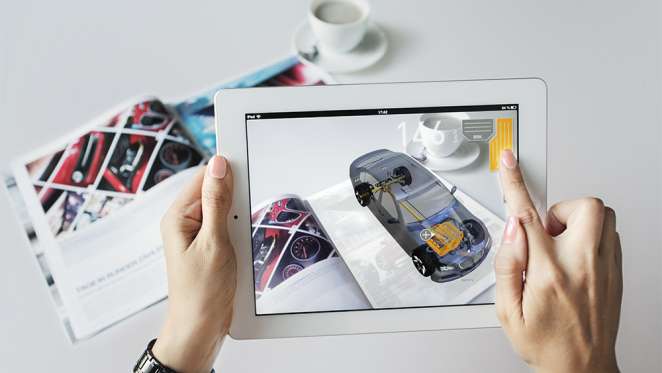
02 Jun This is the era of Digital Innovations in Learning
Digital learning is any instructional practice that adequately utilizes technology to reinforce a student?s learning experience. Digital learning circumscribes a wide spectrum of tools and practices. In particular, Digital learning empowers new strategies and formats, such as online and blended learning to enhance competency-based learning, which can possibly contribute to more profound learning. Technology helps in generating more personalization for students, and thus more motivation and persistence. The best example to support this statement is ?Augmented Reality?.
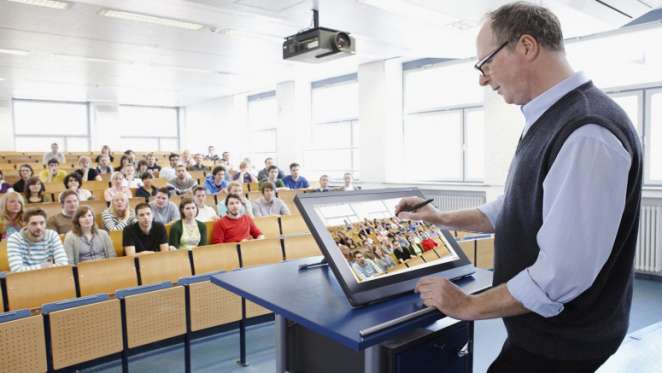
So what precisely is augmented reality (AR)?
The novel way of superimposing digital contents into the real context, by yielding a radical shift in human-computer interaction in a nutshell is what augmented reality actually is. Majority of the people who interact with AR for the first time have an incredible experience but they however fail to consider its enormous classroom applications. In our regular classrooms, we can probably use AR to create active learning experiences which can redefine the learning space!
Augmented Reality Brings New Dimensions to Learning
Augmented Reality has huge potentials in education sector which opens a novel realm for e-Learning. AR offers an innovative learning space by merging digital learning materials in the form of media with various tools, which are direct parts of the physical space, therefore creating ?situational learning.? Augmented Reality is the space where learners control their own learning, through active interactions with the real and virtual environments. It is now revolutionizing the way of teaching and learning, making these experiences more fruitful and rewarding.
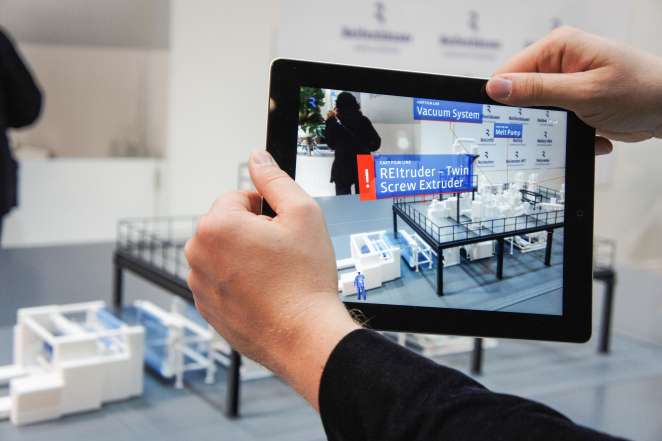
Educators know that learning does not deepen only through reading and listening, but also through creating and interacting. Educators and (more importantly) students can use this open source tool to essentially bring their learning to life.
AR allows us to add digital content to printed material, geographic locations and objects. Then using a smart device or tablet, viewers can scan an object and the digital content will appear. The digital information can range from a link to a website, a video, a 3D model or any other supported digital information.
So what are the advantages for learners? AR bestows a highly effective way to enable learners to access content. A time will come when all phones produced will be smart phones; this means that future learners will have the means to access AR content at their fingertips. Images on walls or in publications can allow learners to access information when it suits them.
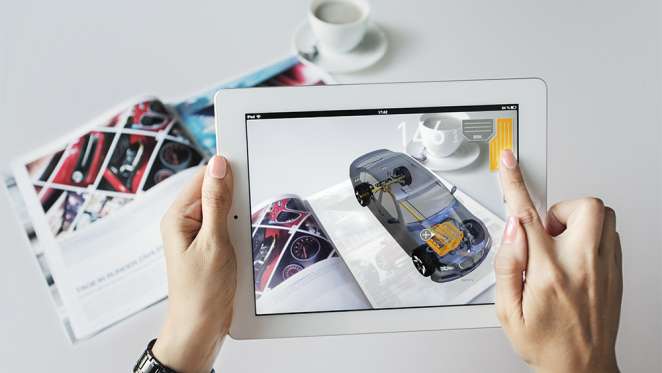
Suppose you were an online teacher and your focus was astronomy, you could give your students a virtual tour of Mars without anyone leaving their homes. Your students would be able to put on some augmented reality glasses and be transported to the surface of Mars. Yet this is just the tip of the iceberg. Ideally this would allow for a variety of interesting possibilities for students especially in regards to their learning environments.
An interesting area to explore in regards to this technology is the human anatomy. If you were in an accident or any life threatening type scenario this technology has the potential to save your life and those around you. The ability to get real-time live feedback regarding a serious medical situation is quite profound and much better than any viable solution at the moment. You could then see which body part was affected or visualize ways in which to treat or assess the situation.
Another intriguing scenario is if a patient walked into the doctor?s office, and the general physician was wearing this device, he or she might be able to see how many miles you ran, or what you have been eating, just from looking at you. With the rise of electronic health records this idea could easily become a reality. This technology would greatly benefit the medical field and the learning associated with gathering large amounts of data. Giving doctors the ability to see and evaluate real time data derived from EHR?s would greatly benefit the patient as well as making treatment that much easier. Ideally this could be the starting point for new groundbreaking ideas, especially when it comes to learning how we interact with modern medicine and the data associated with it.
Augmented reality is just taking its first steps into the consumer world, and the possibilities associated with this technology are fascinating and its potential is unavoidable. Microsoft is taking a big gamble, and if all the pieces fall into the right places, then they will truly change the digital landscape. They are reshaping how we see and interact with the world around us.
The Potentials of Augmented Reality
The contents of a virtual world can be as rich and diverse as human imagination can be. Augmented Reality can provide rich contextual customized learning environment and contents for each single individual. Learning activities vary with a broad diversity of learning processes underneath. These can be basically classified into two categories: constructive and analytical.
Augmented Reality is well aligned with constructive learning notions, as learners can control their own learning and manipulate objects that are not real in augmented environment to derive and acquire understanding and knowledge. From this specific perspective, AR can bridge the gap between the theoretical and practical, and focus on how the real and virtual can be combined together to fulfil different e-Learning objectives, requirements, and even environments. It is a more active and participatory learning method where learners take responsibility for learning and are engaged participants rather than passive observers.
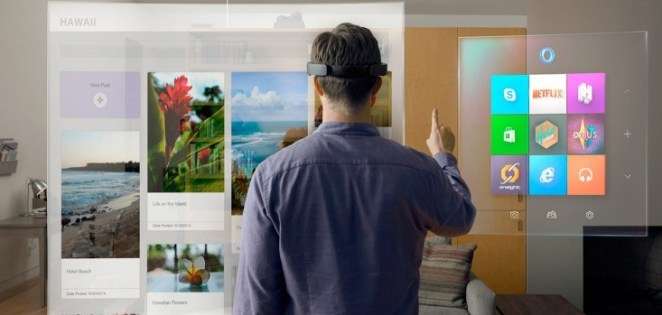
Another benefit with AR learning is there are no costs for making mistakes and errors, as they are not real. This is particularly promising in the training of laparoscopic surgery, heavy equipment operation, high-rise area operation, and fire fighting. These types of training scenarios provide opportunities for more authentic learning with diverse learning types. The contents in Augmented Reality can be designed in advance and change according to the human?s input into the AR system. For example, in an earth-moving training scenario with excavator, after each trial, the left over earth mess (virtual) can be cleared up by simply pressing a button ?reset.?
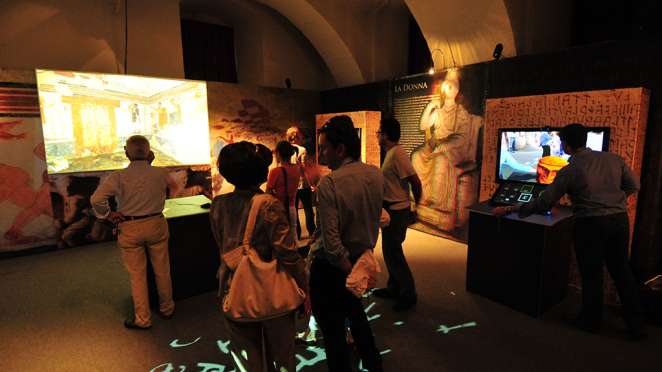
Augmented Reality is impacting the mobile communications industry by providing a radical shift in human-computer interaction. Tons of commercials enterprises are starting to come out with AR. Augmented Reality can create a new era for situated learning by integrating itself with mobile learning and other concepts of technologies. It will revolutionize the way we live and work.
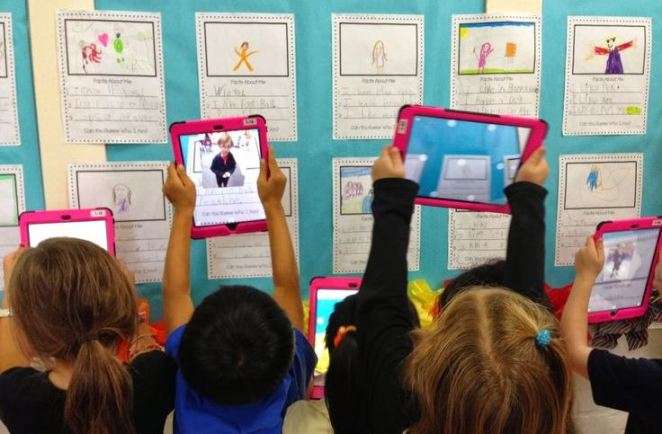
The benefits of AR are not just limited to the educational sector, but many marketing campaigns are also making effective usage of this technology. The uptake of smart devices is growing rapidly.
Not Just another Fad
Though it might be a buzz term in education circles, don?t assume that AR is just another fad. After all, profound learning occurs when students create, share, interact and explain. AR not only changes the environment around children, it also allows kids to construct their own exciting learning worlds as small as the atom or as big as the cosmos.
So don?t be afraid to enter this new dimension of learning!


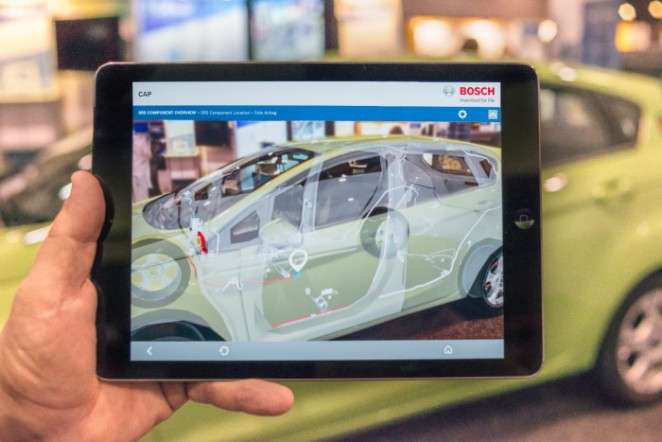
No Comments